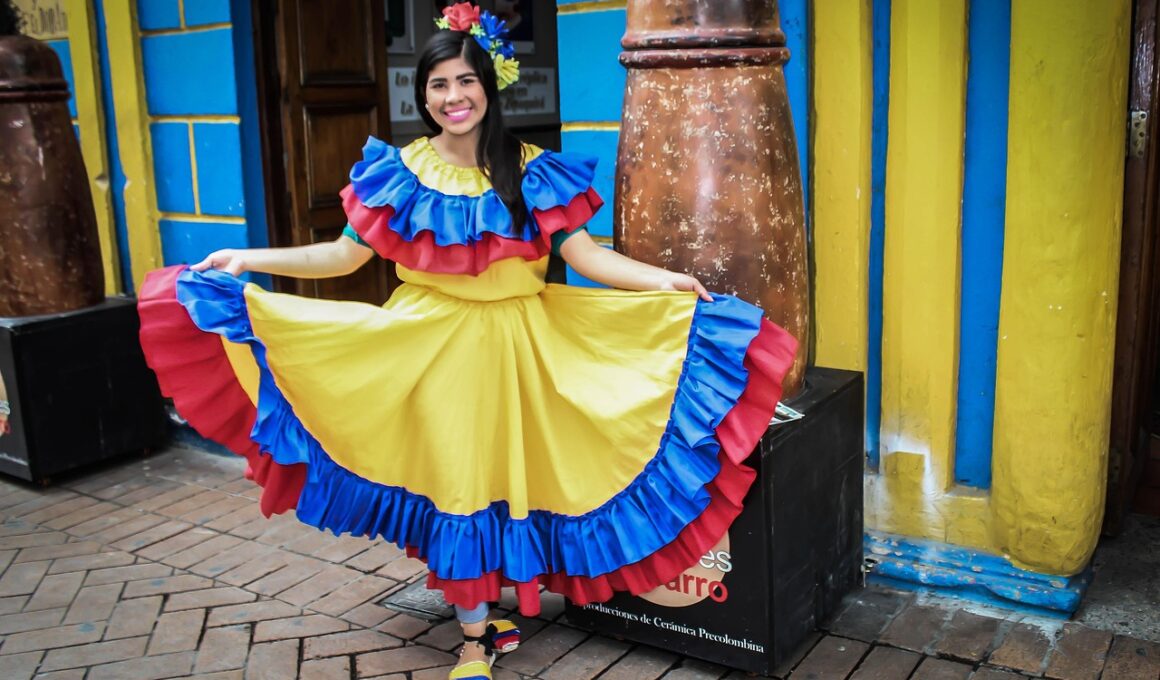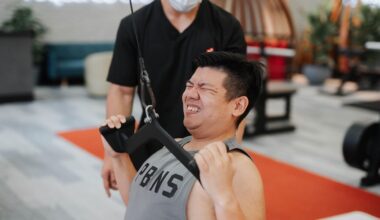Colombia’s Rowing History: Achievements and Growth
Colombia has a rich history in rowing, deeply intertwined with the country’s cultural fabric. The sport began to gain traction in the mid-20th century, starting with small clubs primarily located along the country’s extensive river systems. Initially, rowing was seen as an elite sport, attracting those from affluent backgrounds. However, as awareness and participation grew, rowing became more accessible to the general public. Early competitions were modest but laid the groundwork for future success. Colombian athletes started participating in regional events, showcasing their skills and determination. The breakthrough came with the establishment of the Colombian Rowing Federation, which provided necessary infrastructure and support for developing talent across different regions. An important aspect was the introduction of collegiate rowing programs, nurturing young athletes. These programs were crucial in promoting the sport, allowing for training and competition at various levels. As a result, Colombian rowers gradually began to reflect their dedication and hard work in subsequent competitions, marking significant progress and achievements on international stages.
Key Developments in Colombian Rowing
In the late 20th and early 21st centuries, Colombia’s rowing scene experienced essential transformations that fostered growth and success. Key developments included the establishment of formal training centers designed to discover and nurture talent from an early age. Coaches and former athletes began sharing their experiences and expertise, which played a vital role in elevating the sport’s status. The construction of modern rowing facilities contributed significantly to this growth, enabling athletes to train under optimal conditions. As international competitions became more accessible, Colombian rowers began to participate consistently. This exposure to global standards allowed athletes to enhance their skills further. Another significant development was the formation of partnerships with international rowing federations. These collaborations led to knowledge exchange and support in training methodologies that benefited many aspiring athletes. The introduction of rowing dynamics into physical education curricula also increased interest amongst younger citizens. Schools began organizing competitions, creating a pipeline of future talent. As a result, various regional clubs emerged, further enriching the competitive landscape of Colombian rowing.
The Colombian national team, composed of the country’s finest rowers, has made impressive strides on the international scene, consistently competing in prestigious events. A major turning point for Colombian rowing came during the Pan American Games. The team achieved substantial success, placing multiple athletes on the podium. Such performances garnered national pride and inspired a new generation of athletes to pursue rowing as a serious sport. Additionally, Colombia made its mark at the World Rowing Championships. Several athletes not only competed but excelled in their categories, raising Colombia’s profile in the rowing community. They exemplified the spirit of perseverance, hardworking and determined to achieve greatness. The boost from these competitions was significant, leading to increased popularity and funding for the sport. As public interest grew, sponsorship opportunities became available, allowing clubs to invest in better equipment and facilities. Another aspect of success was the continued development of women’s rowing in Colombia. Female athletes have risen to prominence, showcasing their talent and providing role models for aspiring young rowers.
Challenges and Future Prospects
Despite the progress made in Colombian rowing, challenges still remain in maintaining consistent success on the international stage. Infrastructure issues persist in some regions, limiting access to quality training facilities for aspiring athletes. Additionally, competition for resources and funding among various sports can constrain the necessary support for rowing development. Recognizing these hurdles, stakeholders within the rowing community are working collectively to advocate for greater investment and resources. A long-term strategy is essential to ensure that talent is nurtured and that athletes are afforded training opportunities mirroring global benchmarks. Another challenge is generating awareness and appreciation for rowing beyond traditional regions. Efforts are underway to promote the sport within urban areas and among diverse socioeconomic groups. Initiatives include outreach programs and community events to familiarize children and youth with rowing. Engaging local communities is vital for cultivating interest in the sport, ultimately expanding the talent pool. As urban centers grow, the potential for cultivating new athletes is tremendous, ensuring the future of Colombian rowing remains bright and promising.
The Colombia rowers’ achievements at various international competitions, including the Olympic Games, have solidified their place in the global rowing arena. Notably, the Colombian Olympic rowing team made a splash at the Tokyo 2020 Games, with several athletes qualifying and competing on behalf of the nation. Their participation not only elevated the country’s sporting profile but also demonstrated that Colombian rowers can compete successfully against the best in the world. Colombian rowers have continuously aimed for gold, refining their techniques and strategies to maximize efficiency on the water. The dedication of these athletes reflects the hard work put into training and the support they’ve received from coaching staff. Additionally, national television and media started broadcasting rowing events, allowing more fans to connect with the sport. Developing a strong fan base increases motivation and support for athletes, making it a community effort. Rowing has transformed into a sport that is not solely for the elite but a path accessible for anyone with passion and drive. This cultural shift is instrumental in boosting the sport’s reach and inspiring future generations.
Conclusion: A Bright Future for Colombian Rowing
As Colombia continues to develop its rowing programs and cultivate talent, the future looks promising for the sport within the nation. Investments in training facilities, increased participation, and international support indicate a positive trajectory. Moreover, the rise of multi-disciplinary training approaches, combining physical, technical, and mental preparation, will enhance the competitiveness of Colombian rowers on the world stage. The success of Colombian athletes at recent events has sparked growing interest across the population, leading to a surge of new athletes eager to take part in the sport. To sustain this momentum, it is crucial to ensure ongoing investment in infrastructure and support systems. Collaboration with educational institutions will further nurture young talent and bolster the recruitment of future rowers. With a focus on inclusivity, the sport will continue to make a lasting impact on communities throughout Colombia. As grassroots initiatives flourish, aspiring rowers from varied backgrounds will emerge. Ultimately, their collective success in rowing will combine to create an enduring legacy for Colombia, reinforcing its place among the sport’s elite nations in rowing.
In closing, Colombia’s rowing history illustrates a tale of hard work, dedication, and growth. As the nation navigates challenges and pursues opportunities, the rowing community remains resilient and united. Through ongoing development and support, Colombia can achieve even greater heights in the sport. The achievements of talented athletes serve as a source of inspiration, demonstrating the transformative power of rowing. It’s a journey that continues to evolve and shape the identity of Colombian sports, impacting the lives of countless individuals. Emphasizing teamwork, perseverance, and excellence, rowing serves as an enriching experience, where athletes push boundaries and strive for greatness. The vibrancy of the rowing scene in Colombia reflects a combination of passion, commitment, and community involvement. It is a testament to the resilience of Colombian athletes and their unwavering pursuit of excellence. Thus, as we look ahead, the future of rowing in Colombia is bound to be bright, as more individuals get involved, leading the country to new horizons of success.
Colombian rowing has come a long way, and with continued efforts, the nation will undoubtedly make a lasting impact on the rowing world. The progress achieved thus far is commendable, and it paves the way for future generations of rowers. Ensuring sustained support and development will contribute immensely to the longevity and success of rowing within the nation. It is essential for the rowing community, supporters, and stakeholders to champion the sport, further promoting its growth. Raising awareness while embracing inclusivity will ensure rowing continues to flourish, ultimately inspiring future champions. As we reflect on this journey, it is clear that the future is bright for Colombian rowing.


